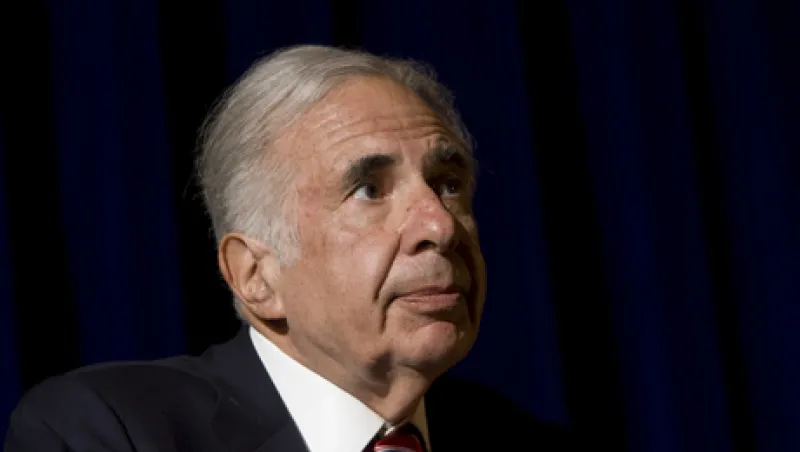We’ve just wound down one of the most volatile years for the global stock markets. But when it came to battles between companies and activist investors, 2011 was downright tranquil.
The number of proxy fights fell to 94 in 2011, down from 100 the prior year and the recent peak of 133 in 2009, according to FactSet SharkWatch.
More significantly, the number of these battles that went the distance plummeted. Just 31—or one-third of the total number of proxy fights—went to their conclusion, meaning annual meetings were held and a shareholder vote took place. Between 2006 and 2010 between 51 percent and 56 percent went the distance. In the early part of the prior decade, it was not uncommon for more than seven of 10 to go to a vote.
A similar pattern has played out when the hedge fund manager is the activist. Just 13 of 44 proxy fights involving hedge fund managers went the distance in 2011, down from 43 percent in 2010 and roughly half for the previous four or five years.
“Companies are increasingly willing to engage with activist shareholders and work out a compromise as quickly as possible where they can,” says the president and senior product manager at FactSet, John Laide.
Activist shareholders are also mindful that launching proxy fights is expensive. And with investment returns down or anemic, the sizable costs associated with launching a fight at the annual meeting no doubt cut into performance.
The recent experience of Starboard Value LP is a good example of the trend playing out these days. As we recently pointed out, in October the hedge fund won a proxy fight with Regis Corp., owner of the largest chain of hair salons, when shareholders elected all three of Starboard’s director nominees, including the managing member and the chief executive officer of Starboard Value, Jeff Smith.
Also in October, Starboard announced a settlement with another holding, MIPS Technologies. Under the deal, the maker of computer processors agreed to increase the size of the board from seven to nine and to nominate two Starboard recommended directors. MIPS also agreed to create an independent advisory committee of the board and to appoint at least one Starboard individual to the committee. In return, Starboard agreed to drop its proxy fight as well as other demands.
In recent years, Carl Icahn also frequently demonstrated a willingness to work out settlements with target companies, including Yahoo and Genzyme. He has also backed out of proxy fights when he realized he wasn’t getting enough support from shareholders, as was the case in late 2011 with Clorox. And in late December, he said he would drop his proxy fight with Commercial Metals if at least 40.1 percent of the shares are not tendered in his $1.73 billion bid for the company. On the other hand, last year all three of Icahn’s nominees were voted to Mentor Graphics’ board at the company’s annual meeting earlier in 2011.
Sometimes settlements are not so amicable.
Last July, Leap Wireless worked out a deal with Pentwater Capital, agreeing to add two new board directors promoted by Pentwater. One month later, Pentwater raised its stake in the company to 5.7 percent from 3.3 percent and now owns 6.29 percent of the shares. These days, Leap, which provides wireless telecommunications services, regularly winds up on short lists of potential takeover candidates.
The low number of proxy fights may be temporary, however. The growing number of activists proposing proxy access shareholder resolutions for the 2012 annual meeting season could touch off boardroom battles in subsequent years if the non-binding measures gain strong support.
Either several of the target companies may relent and institute some sort of proxy access policy, or spurned shareholders may feel more emboldened to launch fights nonetheless.







